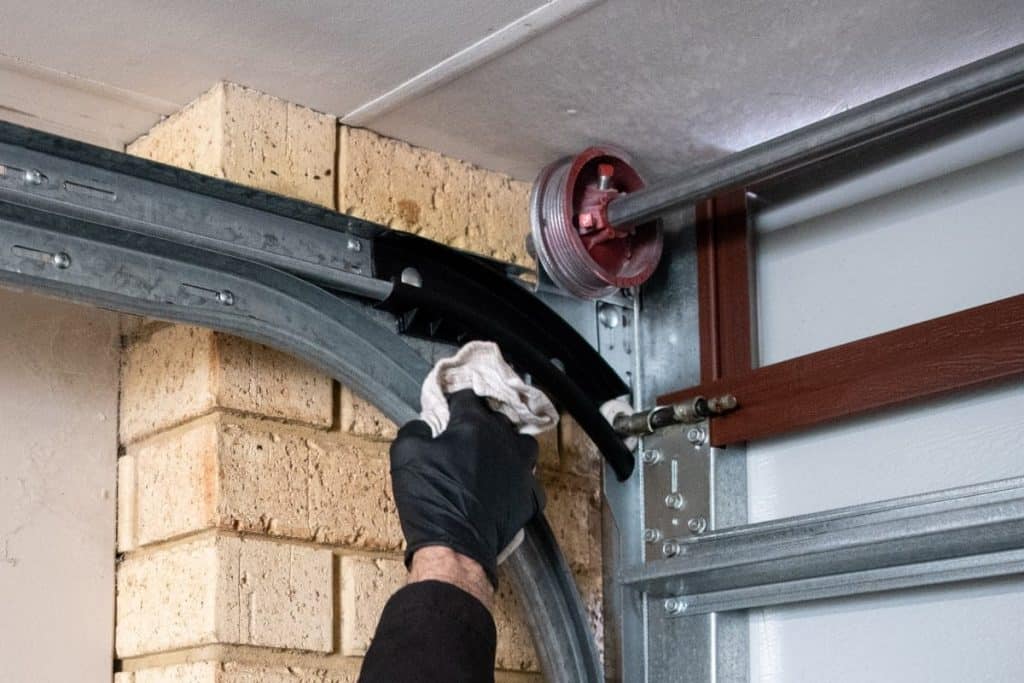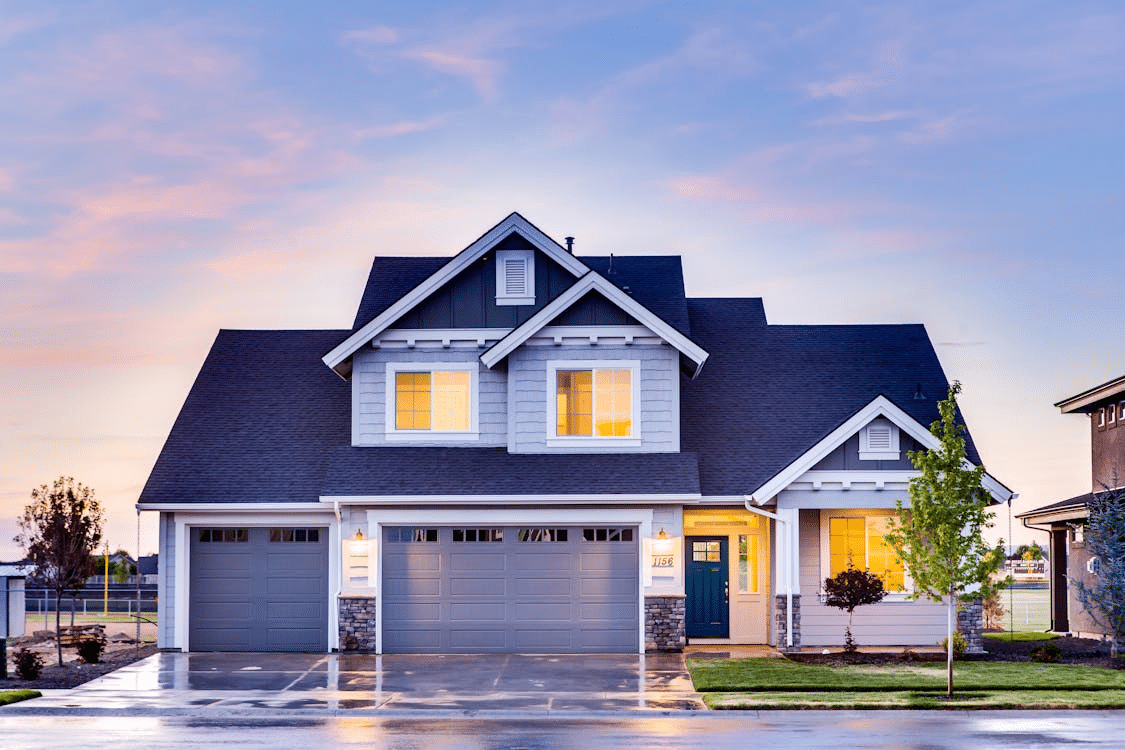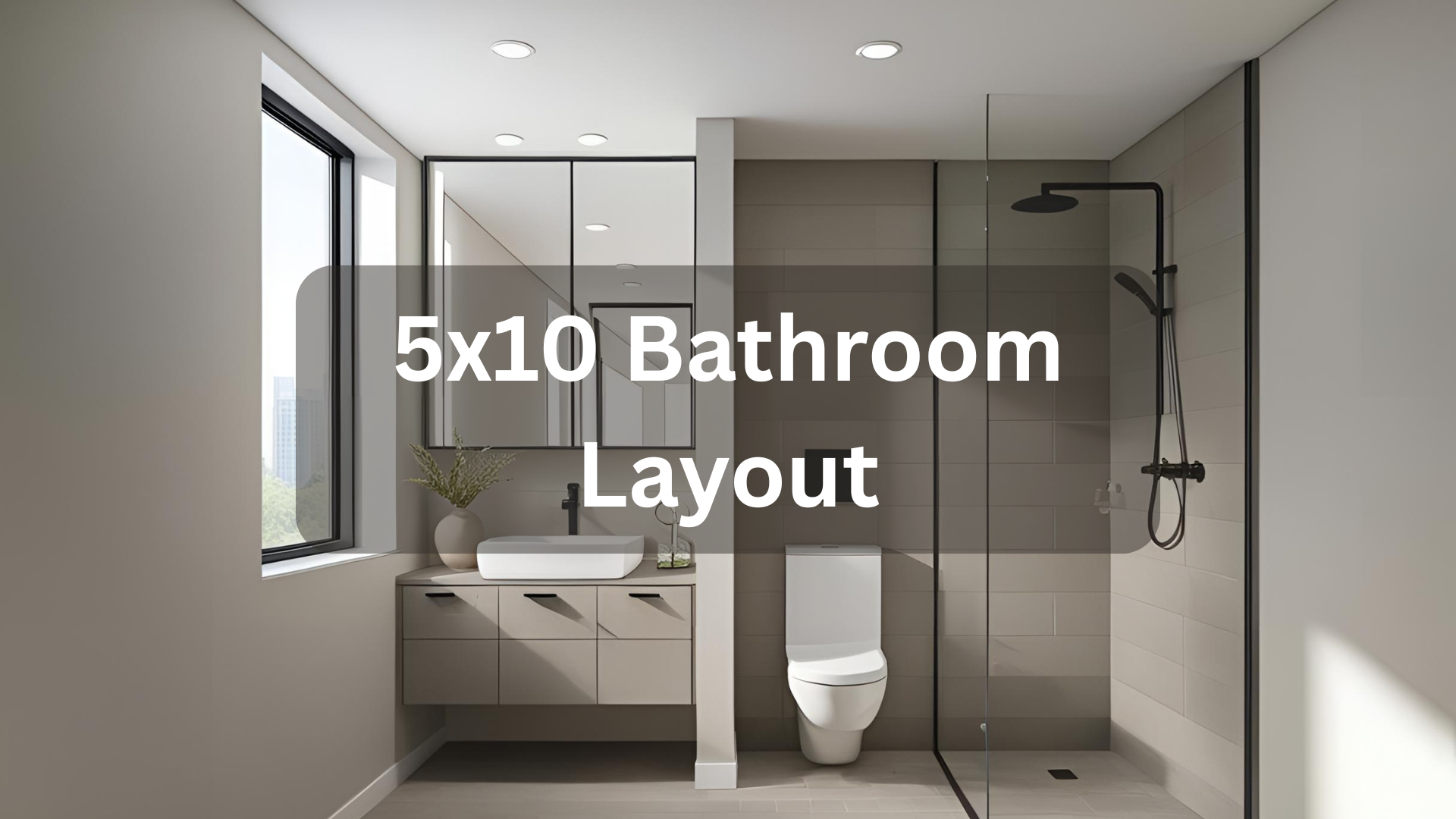A Step-by-Step Guide for Properly Maintaining Your Garage Door
Your garage door is significant for protecting your vehicle and other items you may store in the garage. However, it is just like any other mechanical system and needs to be maintained in order to continuously function properly and safely.
You can incur expensive repairs or total door replacement if you don’t maintain it regularly. To make sure it operates efficiently for years to come, follow the following simple steps.
Set Up a Garage Maintenance Planning Routine

Before diving into the specific maintenance tasks, it’s essential to create a routine plan for garage door upkeep. Incorporating garage maintenance planning into your home management schedule can help you remember when it’s time for inspections, lubrication, or any necessary adjustments. A bi-annual or quarterly checkup is typically recommended, but this can vary depending on your door’s usage.
Lubricate Moving Parts
Your garage door operates on several moving parts. All of these parts require lubrication to reduce friction and keep everything moving smoothly. The lubricant you use should be of high-quality like white lithium or grease on metallic parts like hinges, rollers, or springs.
Make sure you do not use the regular WD-40 as it’s a degreaser and can dry out the components instead of lubricating them. In addition, apply the lubricant gently on all moving parts to ensure that the door operates smoothly when you open and close it.
Tighten the Hardware
Over time, the movement of your garage door can cause nuts, bolts, and screws to loosen. A loose component can interfere with the door’s operation and lead to accidents.
- Grab a socket wrench and tighten any loose nuts and bolts on the door and track system. Be careful not to overtighten, as this can strip the threads or damage the hardware.
- Pay special attention to the brackets and bolts that hold the door tracks to the ceiling and wall. These components bear the most weight and are most likely to loosen over time.
Test the Balance of the Door

Your garage door should open and close with minimal effort, whether manually or automatically. If it’s unbalanced, the door opener will have to work harder, leading to premature wear and tear on the motor.
- Disconnect the garage door opener by pulling the emergency release cord.
- Manually lift the door halfway and then let go. If the door stays in place, it’s properly balanced. If it falls or moves up, it’s unbalanced and may need professional adjustment.
- Avoid attempting to adjust the springs on your own. Garage door springs are under high tension and can be dangerous to handle without the proper tools and expertise.
Inspect and Replace the Rollers
The rollers on your garage door help it move up and down smoothly along the tracks. If they are worn or damaged, the door may become noisy or difficult to operate.
- Examine the rollers for wear at least twice a year.
- Replace the rollers every five to seven years
Check the Safety Features
Your garage opener likely has safety features designed to prevent accidents, such as the auto-reverse mechanism and photoelectric sensors. These features should be tested periodically to ensure they are working correctly.
- Test the auto-reverse feature by placing a small object, like a roll of paper towels, under the door.
- Check the photoelectric sensors located at the base of the door tracks. Wave an object, such as a broomstick, in front of the sensors while the door is closing.
Clean the Tracks
Dirty or obstructed tracks can cause the garage door to become noisy or stuck. Start by wiping down the tracks with a damp cloth to remove dirt and debris. Avoid using a lubricant on the tracks as it can attract dust and grime, which could hinder the door’s movement.
Then ensure the tracks are properly aligned. If you notice the door isn’t moving smoothly, or if there are gaps between the rollers and the track, it may need adjustment. Minor misalignments can be fixed by loosening the track brackets and tapping them into place, but for larger issues, consider hiring a professional.
Replace the Weatherstripping
The weatherstripping on the bottom of your garage door serves as a barrier between your garage and the outside elements. Over time, it can become cracked or worn, reducing its effectiveness.
First, begin inspecting the weatherstripping along the bottom edge of the door. If you notice any gaps, tears, or cracks, replace it to maintain a good seal. Ensure you choose the right type of weatherstripping based on your garage door model. You can find replacement weatherstripping at most hardware stores, and it’s relatively simple to install yourself.
Schedule Professional Maintenance
While you can handle most garage door maintenance tasks yourself, there are certain elements that require a professional’s expertise. Components like the garage door springs, cables, and the opener’s motor should be inspected and serviced by a trained technician to ensure safe and reliable operation.
A professional can maintain your garage door by inspecting the springs, cables, and opener, as well as performing any necessary adjustments. Schedule regular maintenance checks for your garage door to catch potential problems before they become costly repairs.
Endnote
Maintaining your garage door doesn’t have to be complicated, but it does require consistency. By following these simple steps, you can prevent unnecessary repairs, extend the life of your garage door, and ensure it operates smoothly year-round. Whether you’re inspecting hardware, lubricating parts, or checking the balance, a little maintenance goes a long way in keeping your garage door in top condition.







